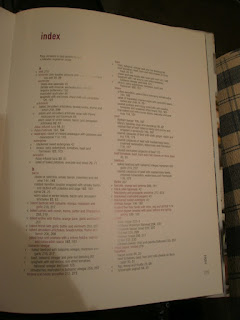From the original post on the Booksellers blog, book review: The Hungry Heart.
“In winter, the milk freezes in the pantry, and the water in the
bedroom.” William Colenso.
As I write this, these words ring a truth for me and others I know –
student living, not all it’s cracked up to be.
When Booksellers NZ asked me to review a book from the New Zealand Post
Book Awards shortlist, I immediately jumped to the non-fiction –my favourite
genre. There I saw The Hungry Heart, and vaguely recognised the
name Colenso. Intrigued, I requested, and was given.
Most know William Colenso as the missionary that protested the Treaty of
Waitangi (he interrupted Hone Heke as he moved forward to sign), was kicked out
of the church for fathering an illegitimate (‘interracial’) son, and for
causing controversy when a new high school wanted to be named after him in
Napier. In The Hungry Heart, Peter Wells mentions all of these
things, while piecing together and creating a truly fascinating and detailed
biography of Colenso.
As a publishing student, I was pleasantly surprised to read of Colenso’s
added profession as a printer. He hand-set all 356 pages of the 1837 New
Testament in Maori, and printed it on a press that required two waka lashed
together to reach his house in Paihia – “It must have seemed as momentous as
the arrival of the Trojan Horse inside the gates of Troy.” Colenso picked up
the Maori language very quickly; this helped him create printed texts for
Maori, as well as helping the job he actually came to do, be a missionary.
He also managed to create huge scandals in his life, and found himself
in the middle of many confrontations, some verbal, others physical. I don’t
want to ruin it for you, but Colenso was all over the place.
The remarkable thing I find about this book is Peter Wells’ ability to
bring Colenso back so easily to a modern, and mostly commercial, audience.
While reading, Wells involves you in every aspect – as he discovers more, you
discover more about Wells’ life and journey to find Colenso, and about Colenso’s
life. There are constant uses of ‘let’s’ – “Let’s look a little further…” Wells
doesn’t mind reminding you that you’re reading about him writing about Colenso,
the subtitle Journeys with William Colenso really does fit.
You’re following Wells’ journey to find Colenso, who really was on his own life
journey.
In the most basic way I can say it – I thought this book was fantastic.
Wells has done an amazing job of research and writing to create it, and for
that I thank him.
The one downfall is the physical weight – the book is filled with
stunning photography, pictures, letters, all of which are printed on a lovely
glossy and heavy paper to make each page stand out. I completely understand the
need for this, but when it makes my bag weigh twice as much, I’m less likely to
take it as my everyday book.
The book travels through all of Colenso’s life, focusing on his life in
New Zealand since this is where he spent the majority of it. This is really the
time that defined him; I have no doubt Colenso would agree with that. He had
some serious highs and lows throughout his life, but without all of these,
would New Zealand still know who William Colenso is today?
The Hungry Heart
by Peter Wells
Published by Vintage, Random House NZ
ISBN 9781869794743 (Hardback)
ISBN 9781869794750 (Ebook)
by Peter Wells
Published by Vintage, Random House NZ
ISBN 9781869794743 (Hardback)
ISBN 9781869794750 (Ebook)
Review book supplied by Vintage, Random House via Booksellers NZ.






































